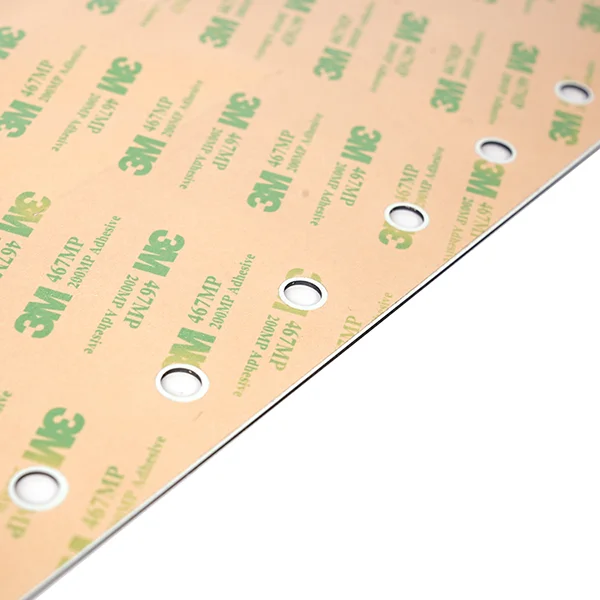Body Massager Application Nameplate
A nameplate, also known as a name tag or label, can be referred to as a logo tag or logo nameplate. Therefore, we commonly use the term “Nameplate Logo” (trademark). Logo trademarks customized and produced using nameplates have become a highly popular material for creating logos in today’s context.
-
Material:PET, PC, PMMA, TPU
-
Product dimension:can be customized
-
Manufacturing process:silkscreen/punching/laser/die punch
-
Features:waterproof, corrosion resistance
-
Applications:various household/commercial appliances, medical/industrial/electronic equipment panels
| Nameplate Material | Surface Color | Thickness (mm) | Characteristic |
| PET | Smooth finish Sand finish | 0.13, 0.15, 0.18, 0.188, 0.2, 0.25, 0.28 | Excellent resistance to chemicals, Low water absorption, excellent wear resistance, and friction resistance, with high dimensional stability. Tensile strength comparable to aluminum foil, significantly higher than PC and PVC. Transparency: 89% |
| PC | Smooth finish Sand finish | 0.175, 0.25, 0.375, 0.5, 1.0, 1.5, 2.0 | High light transmittance, low water absorption, good dimensional stability, excellent bending, superior heat resistance, Poor resistance to chemicals and fatigue, prone to stress cracking. Transmittance: 78% |
| TPU | Bright finish and fog finish | 0.2, 0.3 | Environmentally friendly material, very soft and prone to bending and compression injuries. |
| PMMA | Tawny Transparent Smooth finish | 0.5-5.0 | Strong toughness, excellent optical properties. Good insulation, processability, and weather resistance, high transparency and brightness. |
The primary function of a nameplate is identification. Many electrical appliances, furniture, toys, instruments, etc., feature operational controls for facilitating the manipulation of device functions. As these controls often have complex functionalities, graphical symbols and text are applied on nameplates to ensure that users can correctly operate the equipment, making it user-friendly and easily understandable.
The content of a nameplate may include information such as product name, model, production date, safety symbols, etc. Logos and text can be imprinted on the nameplate through methods like mechanical engraving, printing, or laser marking. The features of nameplates are:
- Identification: Nameplates mark buttons and indicate functions, enabling users to accurately understand and master the normal operation of the equipment.
- Aesthetic: Electronic nameplates not only serve the purpose of indicating device usage and providing prompts but can also enhance the overall aesthetic appeal of the equipment. Printing desired and matching patterns during the production of electronic nameplates significantly improves the visual effect of the device.
- Functionality: Besides identification and aesthetic functions, nameplates also possess a unique feature – conductive functionality. By customizing raised buttons or conductive layers in specific positions, the device can be controlled selectively through the conduction of current, making the equipment more user-friendly.
- Movable Functionality: By applying double-sided adhesive or self-adhesive glue on the back of a prepared electronic nameplate, it can be easily affixed to a designated location.
Please contact us for more information about the nameplate and membrane switches.
Contact us online





